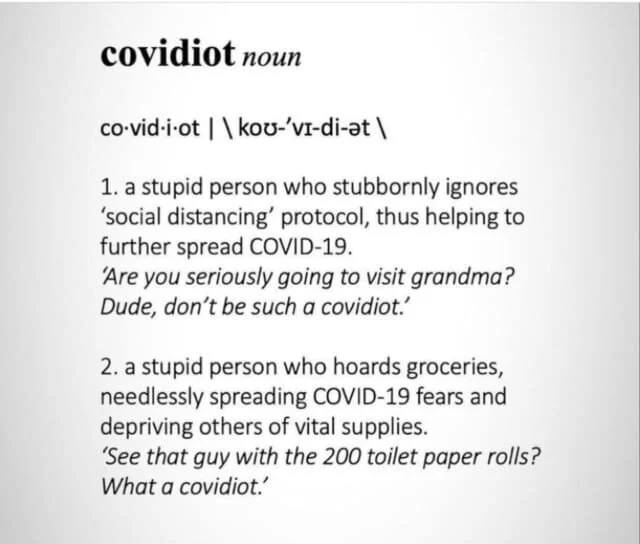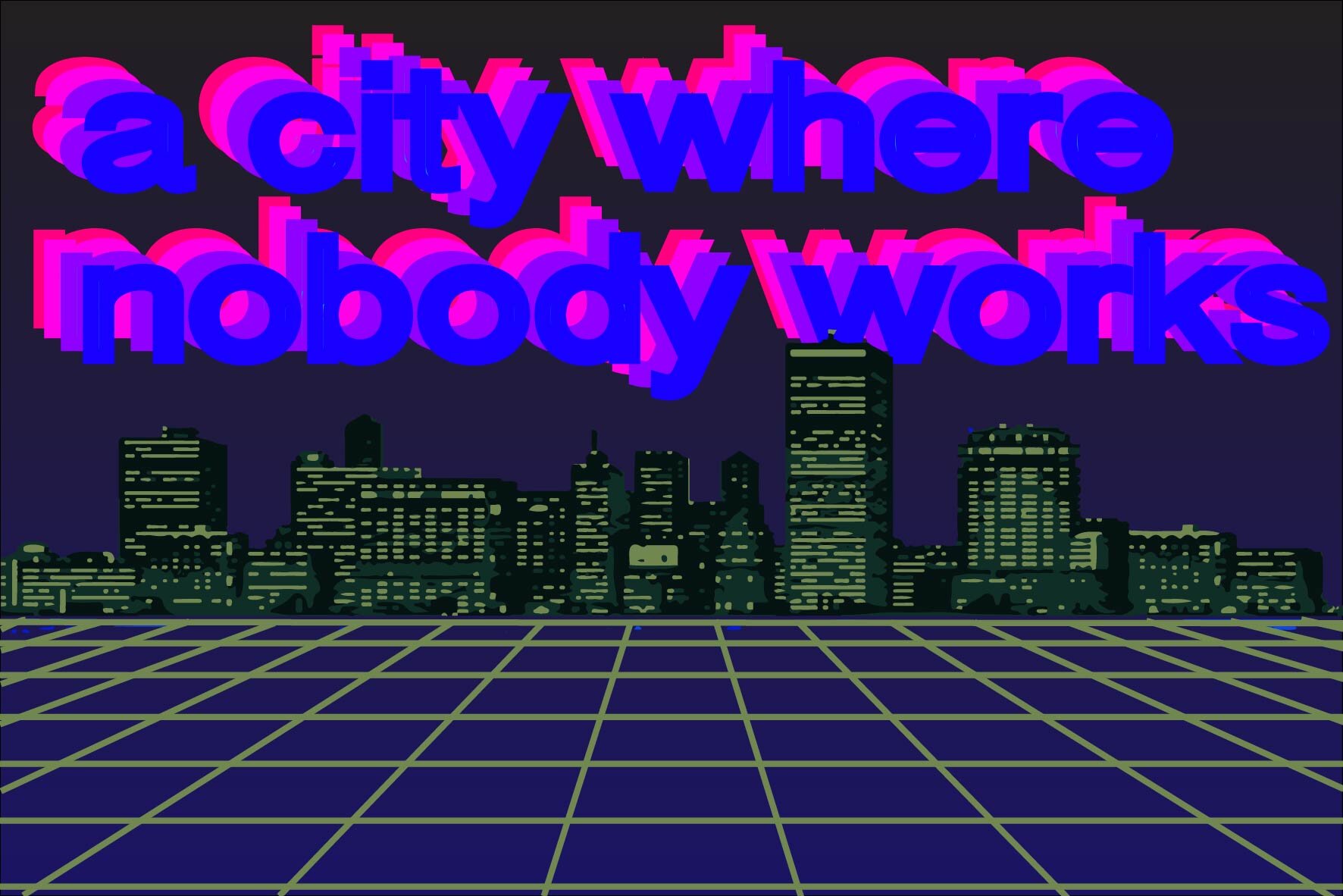There is a great deal of writing and thinking in the architectural world about the relationship between queerness and built space. In 1994, Beatriz Colomina, Dennis Dollens, Eve Kosofsky Sedgwick, Cindi Patton, Henry Urbach and Mark Wigley curated the Queer Space exhibition at Storefront for Art and Architecture in New York, where they explored the “various definitions of the terms “queer” and “space” and the conceptual bonds that unite them,” as well as posing the questions: “How can minorities define their rights to occupy spaces within the city? How can such space be legitimized, given a history and a future? Is it even physical space that is in question, or is it the space of discursive practices, texts, codes of behavior and the regulatory norms that organize social life?”
A number of “‘really-existing’ firms and practices view themselves through the lens of queerness, perhaps foremost among them being Elmgreen & Dragset—an experimental architecture practice based out of Berlin.
Last spring, I curated a panel discussion dedicated to the topic of queer urbanism as part of the Immanent Urbanism(s) series, featuring Sben Korsh (a scholar of queer architecture) and Zac Benfield (a community organizer and part of the Radical Faery movement), and moderated by Stathis Gerostathopoulos (an architect and scholar of the built environment). The discussion explored a series of questions posed in the following way:
The ways in which LGBTQ people and communities have found a home in existing urbanism, challenging ‘traditional,’ hetero-normative settlement patterns, and the ways in which these gains face different challenges today—from so-called “homonormativity” to gentrification—will be the topics under discussion by our panelists. In a time that is witnessing rapidly rising rents, evictions, and redevelopments, the ways in which LGBTQ people possess and are dispossessed of space becomes a matter of critical importance. The Bay Area—and San Francisco in particular—has been an historic location of queer spatial practice. The built environment, and its intersection with culture, politics and economics begs for an equally intersectional take on the manifold issues facing the spaces that LGBTQ people and communities have settled. Such intersectionality would necessarily include emerging voices that seek a place for trans and queer people of color in discourses about queerness. Using such a lens, the discussion will attempt to offer insight on many important questions: Why were queers able to take possession of spaces where and when they did? How have such locations been mediators of race, gender, and class amongst queers? How has space worked for and against changing demographics and new ways of life in these places? How do power and privilege, legal and societal acceptance factor into new forms of displacement? What are the prospects for new modes of spatial practice, perhaps operating outside of possession and ownership, and instead rooted in collectivity?
In that discussion, intersectionality was a hot topic, since dimensions of privilege, such as class and culture were (and are) leaving clear marks on the demographics of people who could enjoy historically gay neighborhoods, ushering in new regimes of normativity and and exclusivity in places like the Castro and Diamond Heights—a phenomenon that is evidently widespread in gay neighborhoods, as Colin Giraud—Professor of Sociology at Nanterre University—has researched in his work “Ambiguities of Conquest: Gentrification in the Quartiers Gays of Montreal and Paris”—work presented at UC Berkeley in March, 2016 (days before the Immanent Urbanism[s] panel on queer spaces). Many of these questions and conflicts seemed to beg for a redefinition of queerness, since, as Zac Benfield pointed out, many of those working to live, love and long in experimental, subversive and radically shared ways were precisely the people being pushed out of the cities that had been the substrate for such experimentation.
One year later, the topic has resurfaced for me as a scholar, as I have been participating in the Queer Urbanisms working group at UC Berkeley, at the invitation of Eric Peterson and Stathis Gerostathopoulos.
Prompted by a lecture delivered to the group several days ago (March 2, 2017) by Olivier Vallerand (a visiting scholar at UC Berkeley’s College of Environmental Design) entitled “Queer Potentialities: on Space and Communities,” I began to ask myself: can there really ever be such a thing as queer space?
In taking back up the question of the relationship between queerness and space, what I’m particularly interested is the degree to which space and queerness may be at odds with one another. That is: perhaps the queering of spaces is compromised by the very process of formal settlement of the spaces—not only through the ways in which real estate procurement and other domesticating/coagulating processes instill in the procurers a normative inclusion into prohibitive systems—but also in the sense that designed space is always already thought. If we consider one dimension of queerness as being an experimentation with new ways of living and thinking, then how might this be in inherent tension with designed space, which, by definition, is always already-thought? I think this may be the inherent conservatism of design (as a practice of imagining and building permanent—or semi-permanent—structures). I would argue that if architecture is going to “finally … think otherwise,” (Deleuze, Foucault, pg. 119.) in terms of queerness, then it will have to map new possibilities onto existing space, in a reinterpretation of what has already been produced. I think that Tschumi’s concept of program and Stan Allen’s concept of diagrams can be helpful tools here. For Bernard Tschumi, program makes possible “an exploration of the disjunction between expected form and expected use.” (Architecture and Disjunction, pg. 147.) For Stan Allen, “diagrams do not map or represent already existing objects or systems but anticipate new organizations and specify yet to be realized relationships.” (Practice: Architecture, Technique and Representation, pg. 51.)
For me, this is why queer urbanism is always immanent urbanism. The importance of immanence to twenty-first century urbanism is, in my estimation, that it attempts to avoid the restrictions, constraints and pitfalls of formal attachment in an age that must reinvent itself using relatively scarce means to do so. I believe that the role of design in an immanent project of urbanism is to furnish an evolving toolkit of occupation—temporary and experimental settlement of spaces often contrary and against their intended uses, while simultaneously exploring how these tools end up being applied and exploring how they might be deployed otherwise. Within such a regime, queerness becomes a verb (queering) but never a stable noun (queer), because queerness, by its very definition, exists in relation to a changing normality (which perhaps is equally unstable as a noun—perhaps we therefore need the term ‘norming’?). This dynamism, I believe, is precisely what Deleuze and Guattari sought to conjure in A Thousand Plateaus (a difficult feat to accomplish without describing such a phenomenon concretely—the reason for the book’s strange and often confusing language). In that work, the duo describe their theory of deterritorialization and reterritorialization—the shifting terrain upon which they prescribe so-called “nomadic resistance.” This nomadism is really a nomadism of thought and action (rather than a superficial endorsement of travel), and I believe that it should be considered as a fundamental approach to the practice of queering, especially with respect to urban space.
A note about definitions: terms that refuse to define themselves (a productive thing to have) all too easily lend themselves to appropriation and mis-definition. Queer may be one such word, which can easily be affixed to a number of concrete practices or even objects, perhaps to the detriment of its experimental and differentiating qualities, precisely because it refuses to settle into a concrete definition for too long. Some deterritorializations are highly productive for the original territory, since they literally produce the value that constitutes the original territory—value that is continuously harvested by means of reterritorialization. It would be worth considering, then, how queering actually (re)produces the normative (not just definitionally, but materially!) and whether the very act of transgression has become structurally subsumed within the overall strategy of normative accumulation and power.


















